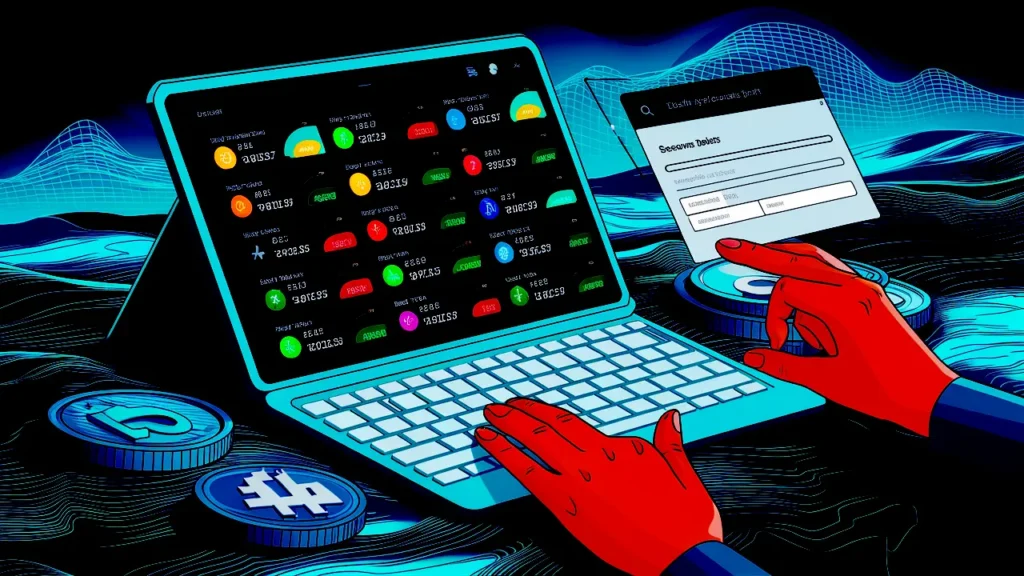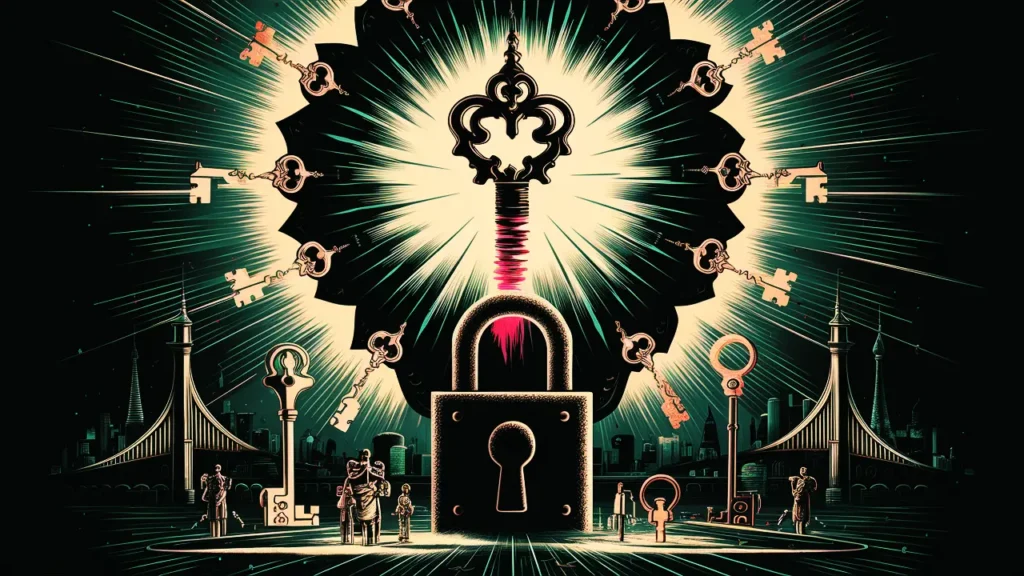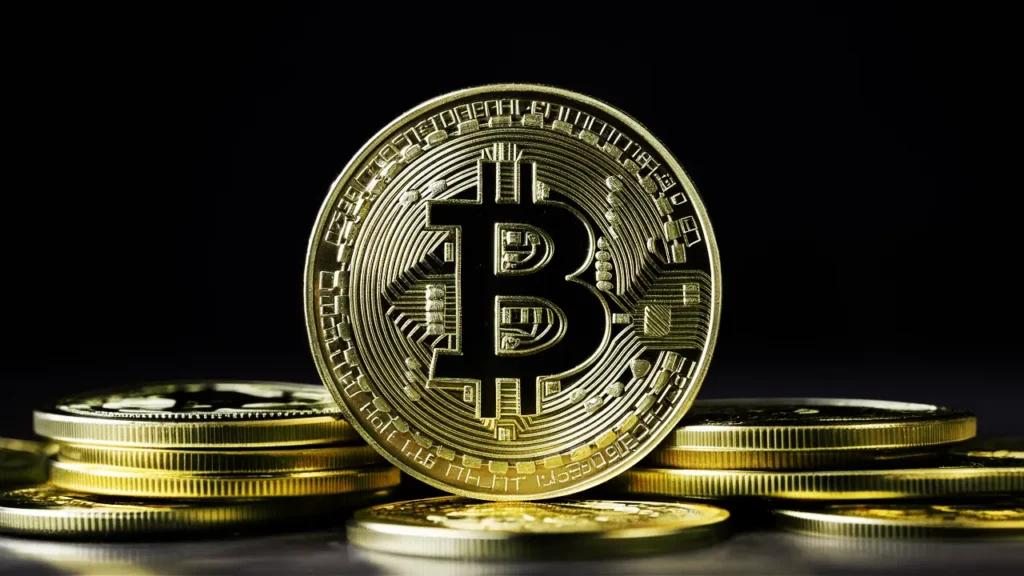Investing in Bitcoin has become popular again in 2025, but this time, people are focusing more on safety than hype. Prices still rise and fall, but the technology behind Bitcoin has proven its strength over the years. For beginners, the goal isn’t just to buy, it’s to buy smartly.
In this guide, BTCRepublic walks you through how to start investing in Bitcoin safely. You’ll learn how to choose the right exchange, store coins securely, avoid scams, and build confidence step by step. Because in crypto, safety isn’t a feature, it’s your foundation.
Key Takeaways
| Insight | Summary |
| Start small, learn first | Begin with amounts you can afford to lose while understanding how Bitcoin works. |
| Use trusted exchanges | Choose platforms with security tools, cold storage, and clear withdrawal policies. |
| Protect your wallet | Store Bitcoin in hardware or cold wallets and keep recovery phrases offline. |
| Avoid scams and hype | Never believe “guaranteed returns” or click unverified links. |
| Stay consistent and patient | Use small, regular buys (DCA) and treat Bitcoin as a long-term investment. |
- Key Takeaways
- Facts & Original Research (Safe Bitcoin Investing in 2025)
- Understanding Bitcoin
- Why Bitcoin Still Matters in 2025?
- How to Invest in Bitcoin Safely?
- Step 1: Understand Before You Invest
- Step 2: Choose a Safe Exchange
- Trusted vs. Risky Exchange Traits
- Step 3: Start Small and Plan
- Step 4: Secure Your Wallet
- Hot Wallets vs. Cold Wallets
- Conclusion
- Frequently Asked Questions (FAQs)
Facts & Original Research (Safe Bitcoin Investing in 2025)
Safety in crypto doesn’t come from luck; it comes from learning.
Global Investing Facts
| Topic | Fact | Why It Matters |
| Global Ownership | Over 400 million people worldwide now own or trade Bitcoin. | Shows steady adoption and confidence in digital money. |
| Average Investment Size | First-time buyers invest around $200–$500 USD. | Confirms small, gradual entry is the most common and safest approach. |
| Exchange Security Growth | 80% of top exchanges now use cold storage for customer funds. | Proves platforms are prioritizing user safety more than ever. |
| Phishing & Scam Activity | Crypto scams dropped 23% in 2024 after major awareness campaigns. | Education reduces risk — reinforcing BTCRepublic’s mission. |
Understanding Bitcoin
Bitcoin was created in 2008 by a pseudonymous programmer, Satoshi Nakamoto. In the whitepaper, Nakamoto describes Bitcoin as “decentralised.” The term indicates that Bitcoin is available to everyone and is not controlled by a single institution or authority.
Bitcoin is decentralised. Unlike fiat currency, which relies on a central entity like a government or central bank for control, Bitcoin runs independently. Peer-to-peer networks aid the exchange of value through Bitcoin.
Every user on the Bitcoin network has equal power and is linked to each other through a central server and an intermediary.
Bitcoin has advantages over fiat currencies. Its lack of a central authority or entity makes it the ideal digital currency to conduct cross-border transactions. It is also the perfect asset for a trader who does not want the limitations of the traditional financial system that only operates during business hours.
Why Bitcoin Still Matters in 2025?
Bitcoin remains the world’s most trusted digital currency. Even after many market cycles, it continues to attract investors who see it as a long-term store of value. Its limited supply, only 21 million coins, makes it different from regular money that can be printed endlessly.
Across countries, people use Bitcoin for savings, online payments, and cross-border transfers. It gives financial access to those who don’t have a reliable bank. Governments and large companies now study or hold Bitcoin, showing how far it has come since its early days.
At BTCRepublic, we believe understanding why Bitcoin matters helps you invest with purpose, not fear or hype.
Bitcoin’s Role in the Financial Landscape
The Bitcoin network operates without intermediaries. This means you can transact Bitcoin anytime and anywhere at fast speeds. The fact that there are no intermediaries also makes Bitcoin transactions cost-efficient, as there is no middle authority or institution to add more expense to your transaction.
Bitcoin also addresses the issue of privacy in the financial industry. Bitcoin transactions do not contain personal information, making them more private than credit card transactions.
This digital currency was also launched after the 2008 financial crisis. Its decentralised nature made it the perfect alternative for an investor looking for something outside the control of traditional banks and central bank governing bodies.
Bitcoin is also gaining rapid adoption in the traditional finance industry, as it is currently being offered as a spot exchange-traded fund (ETF) product by top investment firms on Wall Street. The most popular Bitcoin product in the US is BlackRock’s iShares Bitcoin Trust (IBIT).
How to Invest in Bitcoin Safely?

Step 1: Understand Before You Invest
Before buying your first Bitcoin, spend some time learning how it works. Bitcoin isn’t like a bank account or a stock; it’s digital money you control yourself. That means understanding key terms like wallets, private keys, and transactions is essential.
Learn the basics through trusted education platforms such as BTCRepublic, which explains everything in simple language. Understand that once you own Bitcoin, you are responsible for keeping it safe.
When you know how it functions, you can invest with confidence, avoid beginner mistakes, and make smarter choices about where and how to store your coins.
Step 2: Choose a Safe Exchange
Your first Bitcoin purchase should always happen on a trusted exchange, a platform that follows real security standards and keeps user funds protected. A good exchange uses two-factor authentication (2FA), stores most coins in cold wallets, and provides clear withdrawal options.
Avoid sites that promise guaranteed profits or push you to deposit quickly. Many fake “Bitcoin investment” platforms steal funds through flashy ads or social media promotions. Always check reviews, verify the official domain, and confirm that the exchange supports identity verification.
Trusted vs. Risky Exchange Traits
| Trusted Exchange | Risky Exchange |
| Uses 2FA and cold storage | No visible security options |
| Transparent company info | Hidden team or unclear address |
| Allows direct withdrawals | Delays or blocks withdrawals |
| Clear trading fees | Unexplained or hidden charges |
| Positive user reviews | Reports of scams or missing funds |
Choosing the right exchange is your first real safety test, and one of the most important.
Step 3: Start Small and Plan
When you begin investing in Bitcoin, start with small amounts. Think of it as learning by doing, not rushing. This helps you understand how transactions, fees, and wallets work without taking big risks.
Many investors follow a method called dollar-cost averaging (DCA), buying small portions regularly, such as weekly or monthly. It reduces stress from price changes and builds your position over time.
Only use money you can afford to lose, and don’t borrow to invest. Treat Bitcoin as a long-term project, not a quick profit scheme. Smart investing grows from patience, planning, and steady learning, exactly what BTCRepublic encourages for every beginner.
Step 4: Secure Your Wallet
Owning Bitcoin means being your own bank, so your wallet security matters most. A wallet stores your Bitcoin and protects it with private keys, digital codes that prove ownership. If someone gets your keys, they can take your coins.
Hot Wallets vs. Cold Wallets

| Type | Description | Best For |
| Hot Wallet | Connected to the internet (mobile or web apps). | Small daily use and quick access. |
| Cold Wallet | Kept offline (hardware or paper wallets). | Long-term storage and higher safety. |
How to Back Up Your Keys
Write down your recovery phrase (usually 12–24 words) and keep it offline: never store it on cloud drives or send it by email. Keep multiple copies in secure locations.
At BTCRepublic, we always remind readers: “If it’s not your keys, it’s not your coins.”
Step 5: Protect Your Investment
Once you’ve bought Bitcoin and set up your wallet, focus on keeping it safe. Activate two-factor authentication (2FA) on your exchange and wallet apps to block unauthorised logins. Always use a strong, unique password that you don’t reuse anywhere else.
Be careful of phishing attempts, fake emails or websites that look like real crypto platforms. Double-check web addresses before logging in and never click suspicious links. Avoid sharing screenshots of your holdings online; scammers often target public posts.
Finally, keep a small amount for trading and store the rest in a cold wallet for long-term safety. Treat your Bitcoin like a valuable asset, one that deserves strong protection and constant awareness.

Conclusion
Starting your Bitcoin investment journey in 2025 doesn’t have to feel risky or complex. With the right plan, trusted tools, and careful habits, anyone can build a safe path into crypto. The key is to learn first, start small, and protect every step of your investment.
Stay focused on long-term goals, not short-term gains. Keep your coins secure, avoid emotional trading, and rely on education instead of hype. For clear, beginner-friendly crypto lessons, BTCRepublic is here to guide you through each stage, safely, confidently, and simply.
Frequently Asked Questions (FAQs)
How much money do I need to start investing in Bitcoin?
You can start with any amount, even $5 or $10. Bitcoin is divisible into small units called satoshis, so you don’t need a full coin to begin.
Is Bitcoin safe for beginners?
Yes, if you take basic safety steps. Use trusted exchanges, enable 2FA, and store your coins in secure wallets. Safety depends more on habits than experience.
Can I lose money if prices drop?
Yes. Bitcoin’s value moves with supply and demand. To manage risk, invest small amounts regularly and think long term.
What is the safest way to store Bitcoin?
Use a cold or hardware wallet for long-term storage and keep your recovery phrase offline.
Should I invest monthly or all at once?
Investing monthly through dollar-cost averaging helps reduce the impact of price swings and lowers emotional stress.










